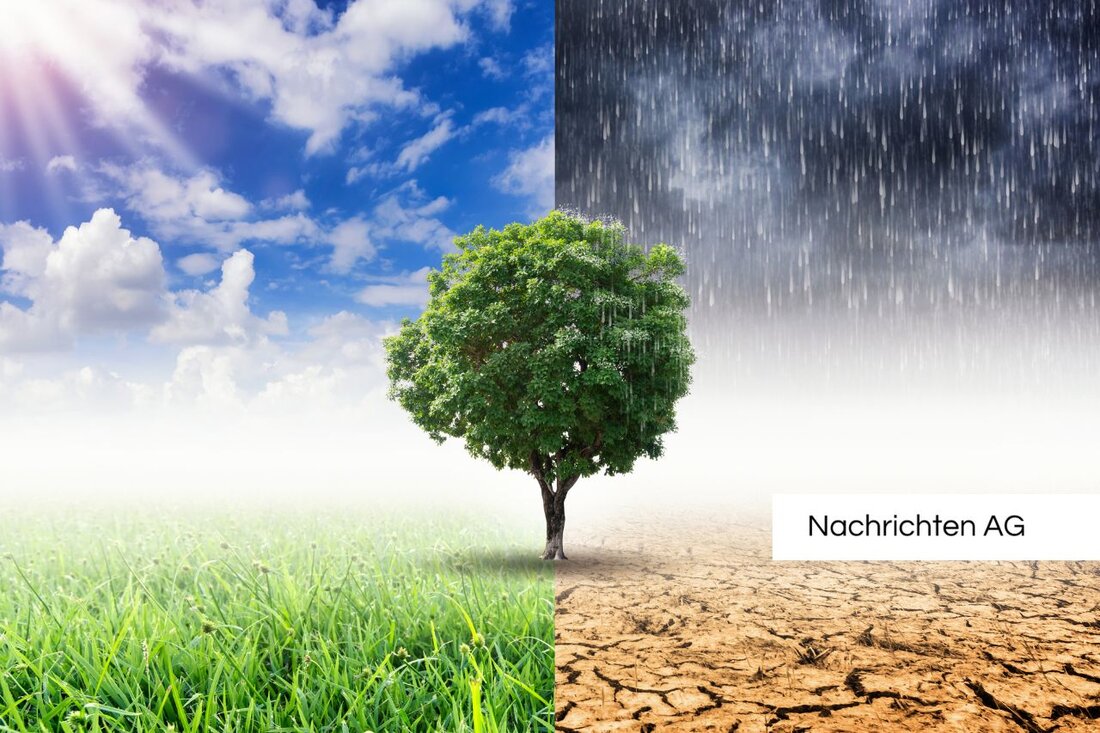Arctic sea ice is melting: dramatic alarm signs for the future!
New findings on transpolar drift: Research team led by the University of Kiel is investigating substance transport in the Arctic.

Arctic sea ice is melting: dramatic alarm signs for the future!
A new study published April 14 in the journal Nature Communications published, sheds light on the complex transport mechanisms of nutrients and pollutants from Siberian rivers to the Arctic. Led by the University of Bristol, an international research team has collected insights from the largest Arctic expedition, the MOSAiC expedition. The research vessel POLARSTERN drifted in the sea ice for an entire year and provided valuable data about the transpolar drift, an important ocean current in the Arctic Ocean that transports both freshwater and terrestrial materials.
The research shows how transpolar drift works and which factors, including rising temperatures, influence the spread of pollutants. According to the study, substances from Siberian rivers enter the central Arctic Ocean via transpolar drift and move further into the North Atlantic. This applies to both natural substances such as nutrients and trace elements as well as anthropogenic pollutants, including microplastics and heavy metals. The research documents significant changes in the composition of Siberian river water along the drift route.
Influence of sea ice on mass transport
A central finding of the study is the active role of sea ice in the redistribution of substances. Sea ice absorbs materials from multiple rivers and therefore plays a key role in the transport of nutrients and pollutants. The research team carried out analyzes of isotopes of oxygen, neodymium and rare earths in samples of seawater, sea ice and snow, which allowed them to trace the origin of the substances transported in the rivers.
The study also questions the common assumption that transpolar drift is a stable “conveyor belt” for river water. Instead, the new findings show that the drift is spatially and temporally variable. These observations provide a unique year-round observation that expands the understanding of the ocean system and has important implications for predicting changes in Arctic mass transport.
Climatic changes and their consequences
In the context of current climate changes, it is alarming that the winter of 2025 was exceptionally warm in the Arctic. Temperatures north of Greenland were around 10 degrees above the long-term average, resulting in significantly reduced sea ice formation. Satellite data shows that the ice area decreased to 12.6 million square kilometers on April 13, 2025. This is the smallest area since measurements began almost 50 years ago and 5.4 percent smaller than the average from 1981 to 2010, according to NDR.
Climate researcher Dirk Notz warns that the Arctic is entering the melting season, which lasts until September, with a thin, vulnerable ice cover. Research and observations show that global warming is the main factor behind this ice melting, which is occurring four times faster in the Arctic than the global average. Since then, consumption figures have deteriorated dramatically: since pre-industrial times, the Arctic ice surface has lost half of its volume, from just under eight million square kilometers (1850-1900) to barely four million currently.
The IPCC's model calculations suggest that the Arctic could possibly even be ice-free by the middle of the century if sufficient climate protection is not implemented. Notz believes that we must expect the first largely ice-free summer in the Arctic in the next five to 25 years; even if all climate targets are met, global warming of 2.7 degrees is expected by 2100.
The continued decline of sea ice not only poses ecological risks, but could also provide economic opportunities such as increased commercial shipping. At the same time, however, it poses a serious threat to the animal species that live there, especially polar bears, and could cause sea levels to rise by up to one meter by 2100 due to the melting Greenland ice sheet. We must urgently respond to these developments in order to preserve living conditions in the Arctic.

 Suche
Suche
 Mein Konto
Mein Konto